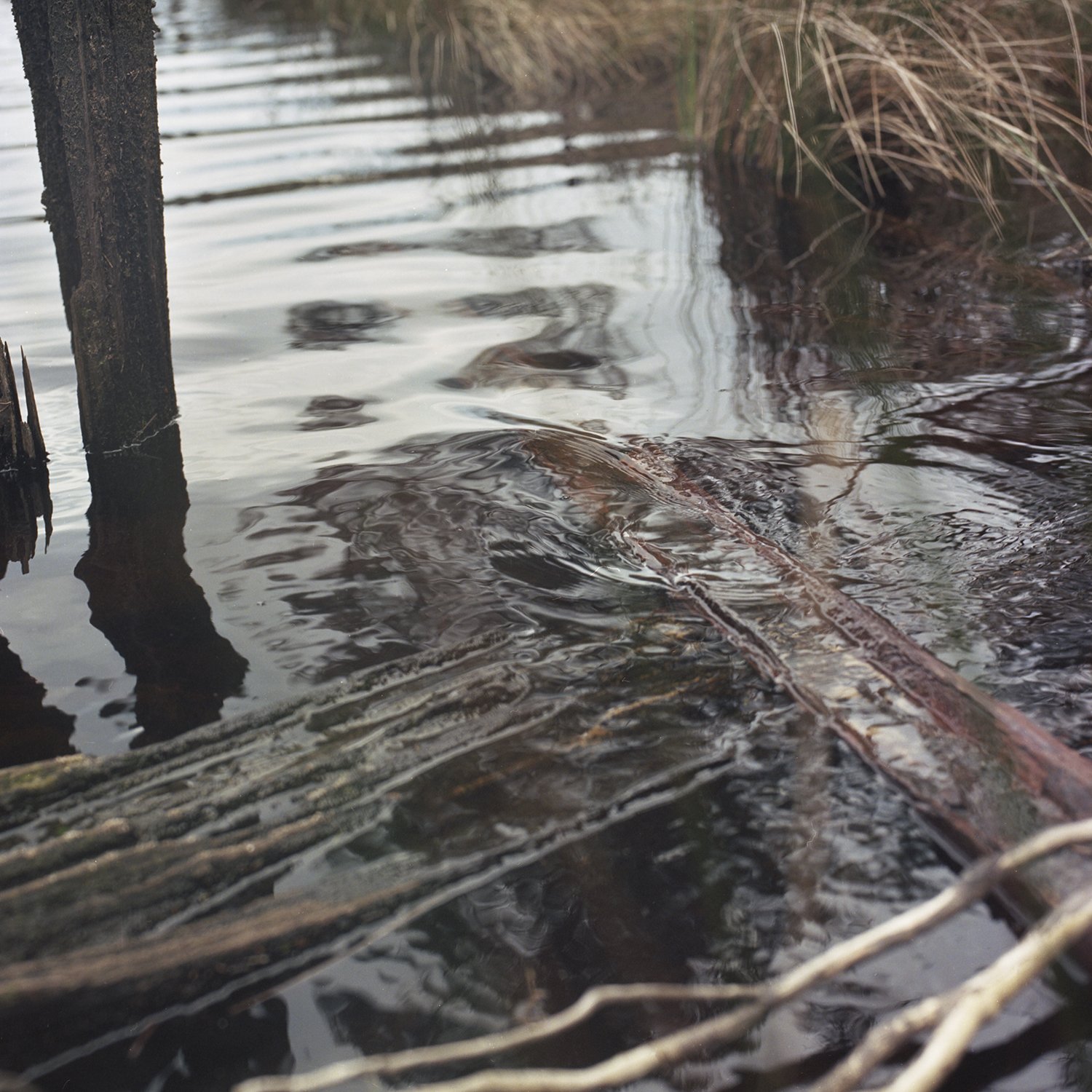
GRIFFITH GRADUATE SHOW
OCTOBER 24, 2024
RE:Trace
October 24, 2024
White Box Gallery, 226 Grey Street, South Bank, 4101
Re: Trace seeks the essence of forgotten moments, unraveling the threads of our histories and understanding the shape of our journeys.
The artists Re: Trace the landscapes of their personal, generational and political histories, weaving together the threads of the past with the present.
Re:Trace is an invitation to walk over familiar ground to find not just the physical path but the emotional detours, the joys and sorrows etched into the journey. It is both a search for lost pieces and a celebration of the paths that have shaped us.
Exhibiting artists:
Kavya De Silva
Jade Ferguson
Mia Clayton
Sam Keeble
Maverick Suljic
Larry Li
Boom or Bust: Alfred Clayton and the Mysteries of the West Coast Pt III
1-4 Boom or Bust: Alfred Clayton and the Mysteries of the West Coast Pt III #4, Inkjet print on Rag Pearl Paper, Framed with Century-old Recycled Hardwood, 1000 x 1000 mm
5 Boom or Bust: Alfred Clayton and the Mysteries of the West Coast Pt III #5, Inkjet Print on Chiffon Fabric, 100 x 4000 mm (x2)
6 Boom or Bust: Alfred Clayton and the Mysteries of the West Coast Pt III #6, Ektachrome Super8 Film Single Channel Video (scanned and digitized), 01:54 min
Boom or Bust: Alfred Clayton and the mysteries of the West Coast Pt III, is a pilgrimage through time, place and memory. Walking with my father in a landscape of collapse and renewal, the mysteries of the Tasmanian West Coast begin to unravel. This is not just my story—it is the story of a land that prevails, fails and succeeds, and a culmination of the tapestry of lives that came before.
This series is a story of a small, abandoned town on the West Coast of Tasmania, a vessel for a story about personal connection to place. Through this work, I retrace the steps of my great-great grandfather Alfred Clayton, the chief engineer of the railway between North Mt Lyell mine and the town of Pillinger in the late 1800s. The booming town officially went bust in 1920 and little remains of what once was. What’s left is a story of all the lives and hard work that came before and nature’s resilience.
The installation features medium format film photographs of the abandoned town on a Hasselblad with Portra 400, framed with century-old, recycled hardwood; the imperfections echo the decay and resilience of Pillinger. A Super 8 video on Ektachrome film captures fragmented glimpses of the land, the world Alfred would have seen 100 years earlier. Finally, fabric works featuring analogue photographic photos create an immersive experience, simulating train tracks and movement through the Tasmanian rainforest.
The work examines the intersection of history, family, and identity; it explores the physical and psychological journeys we take in our lives to understand who we are and where we come from







